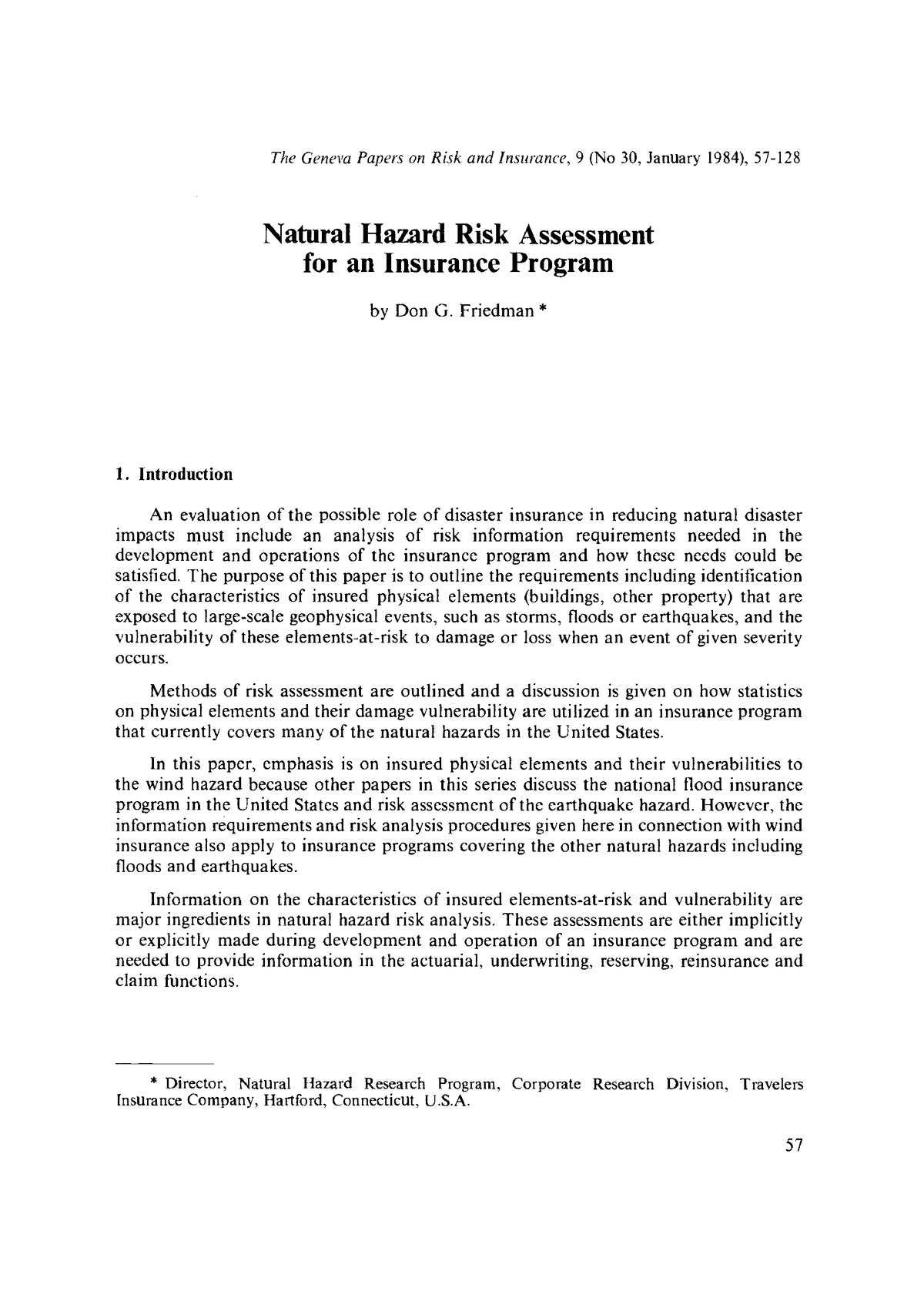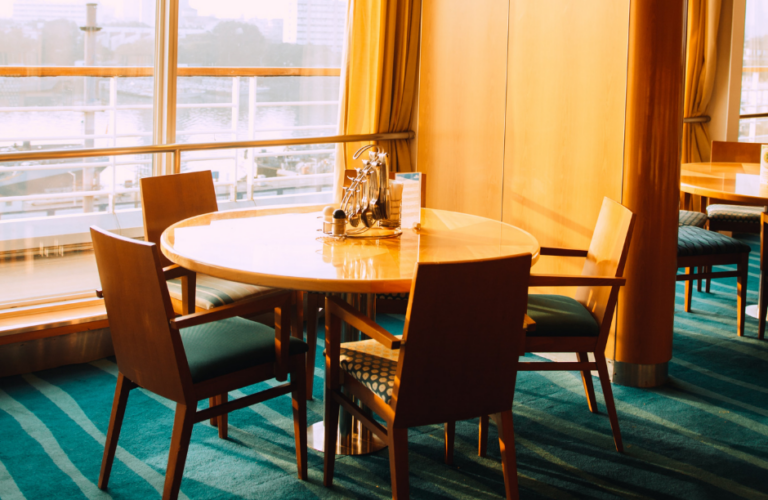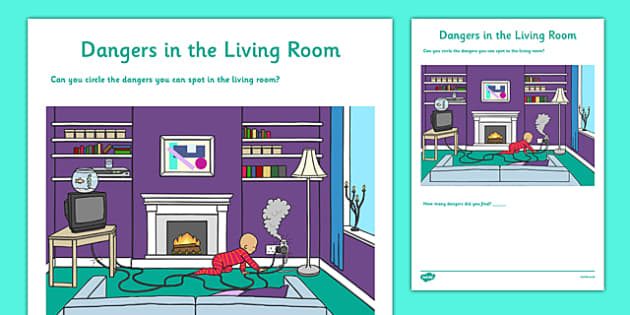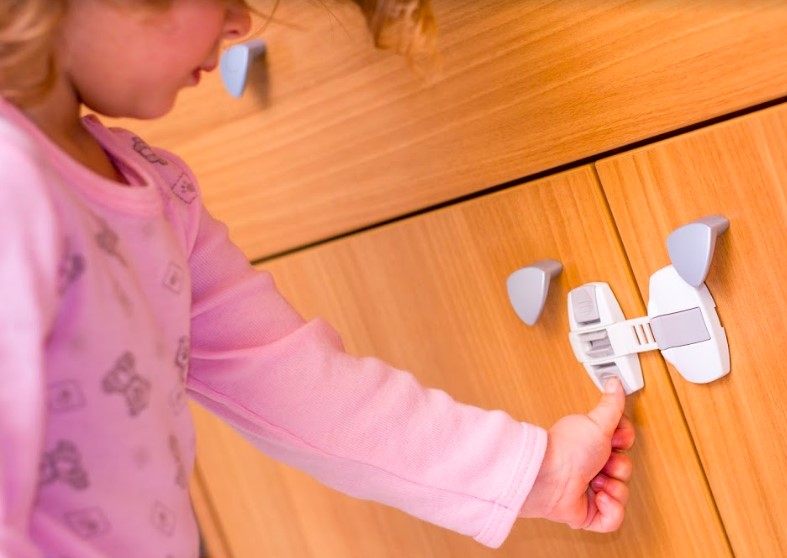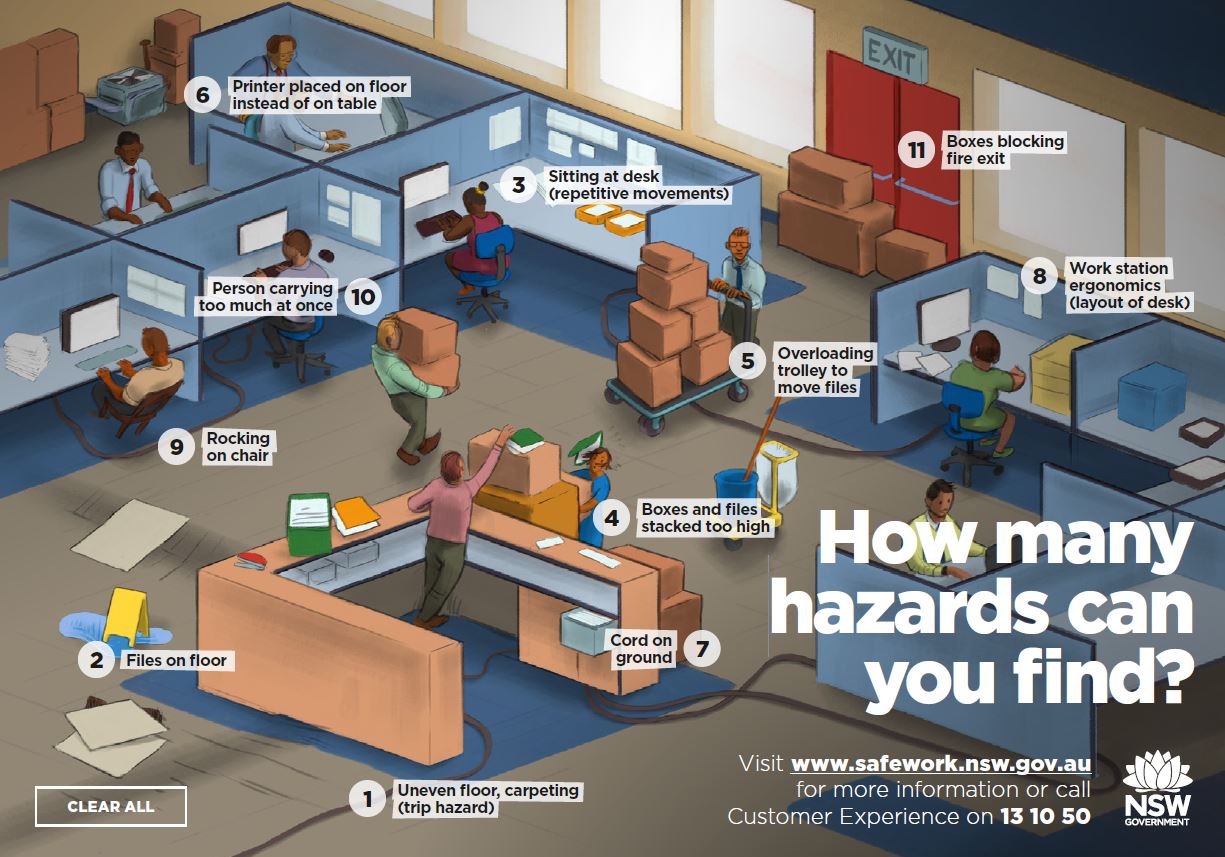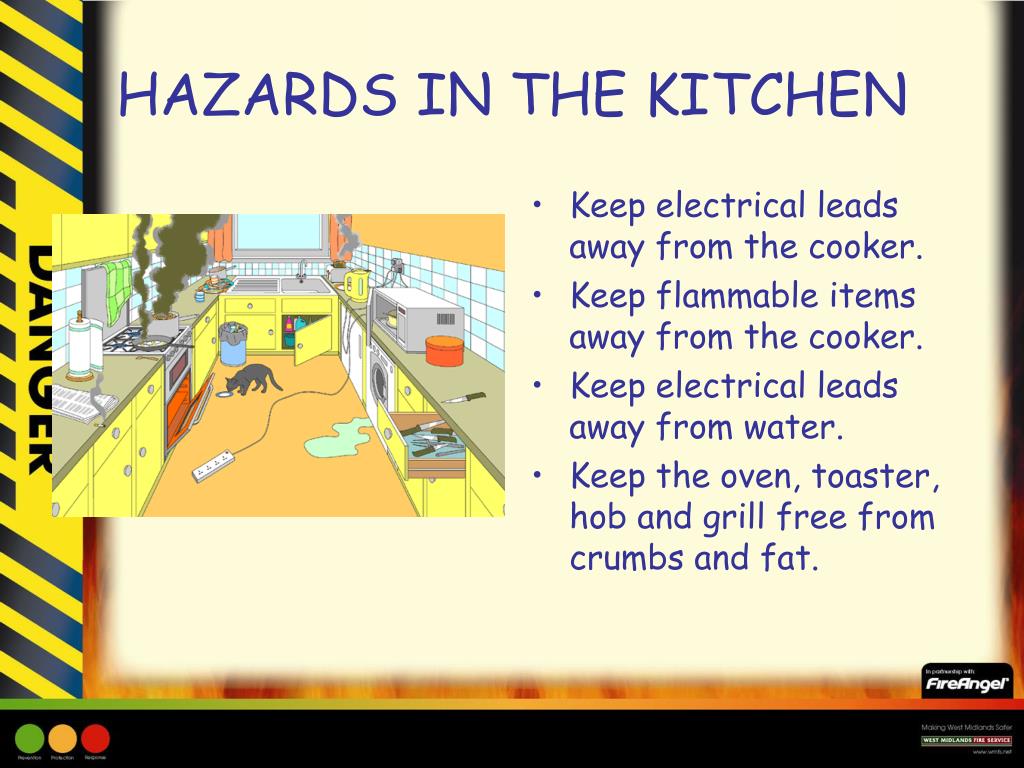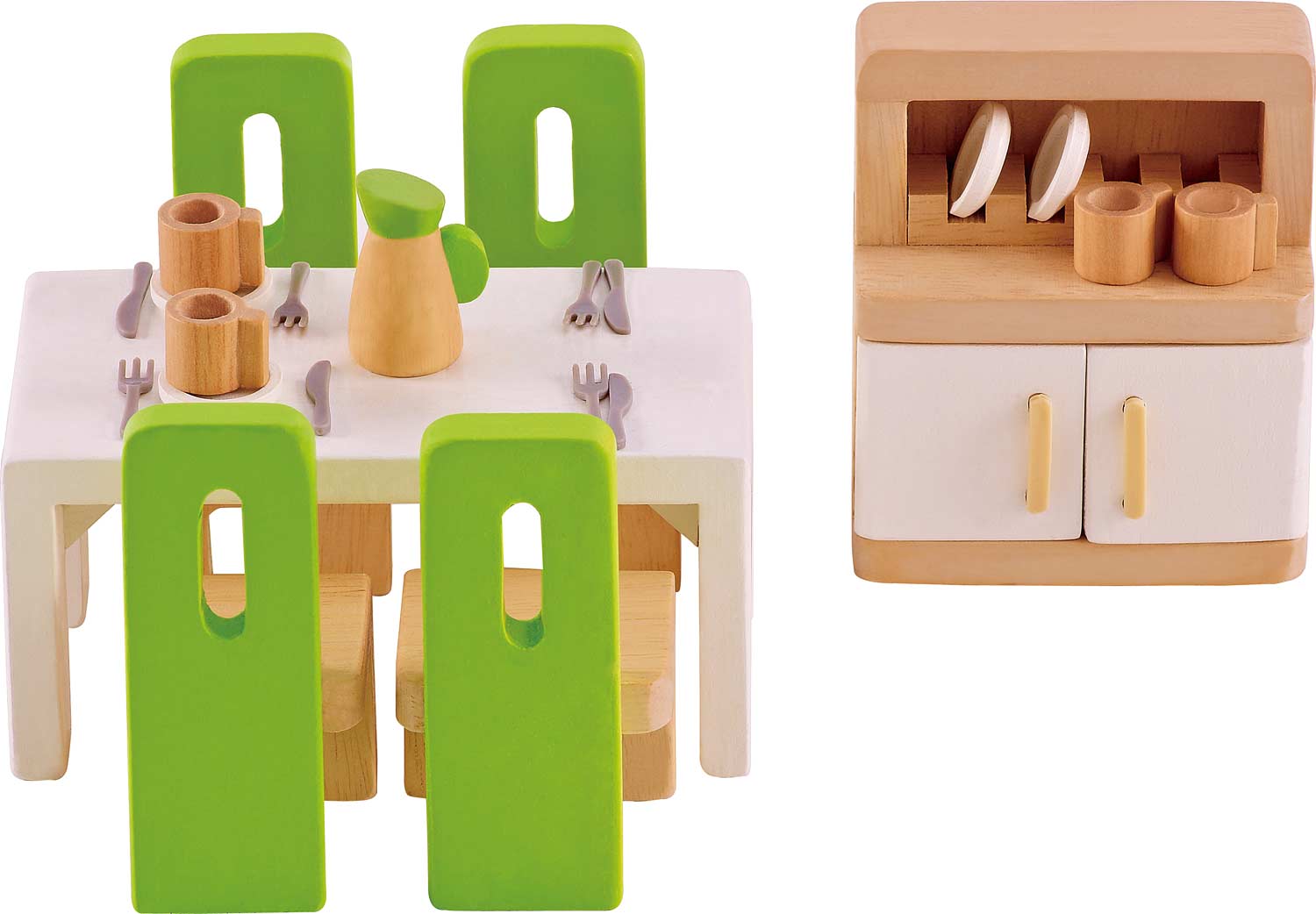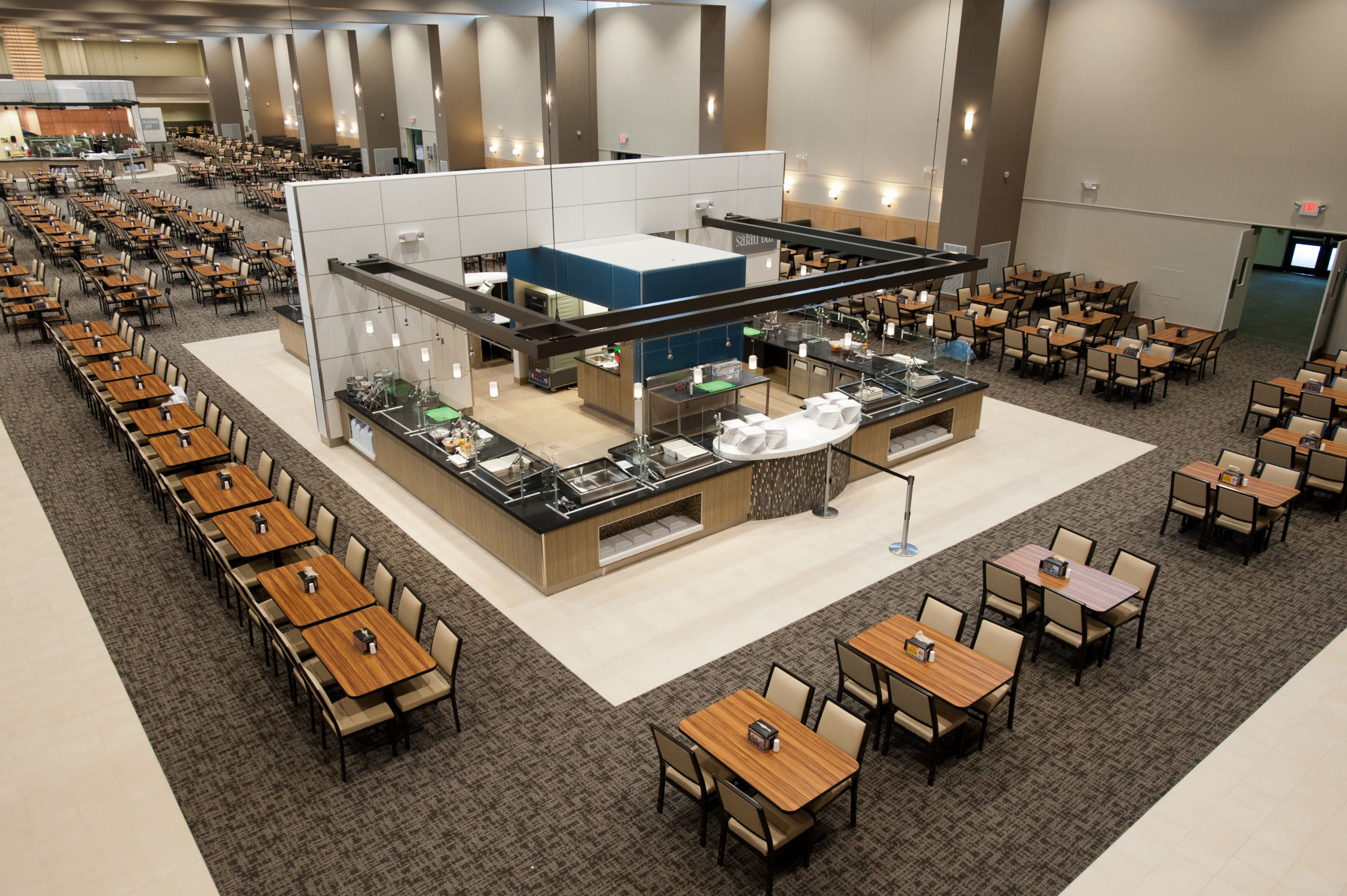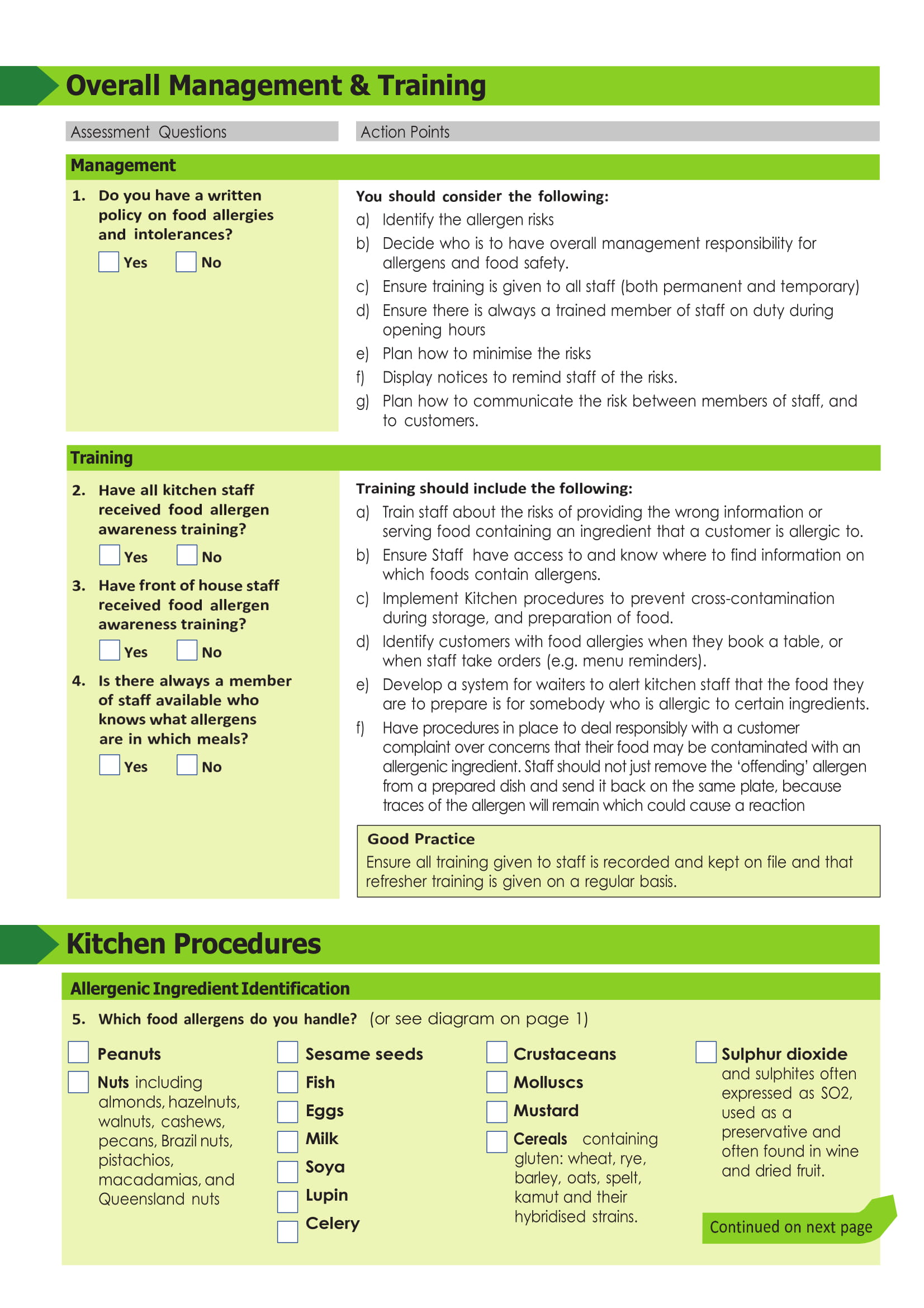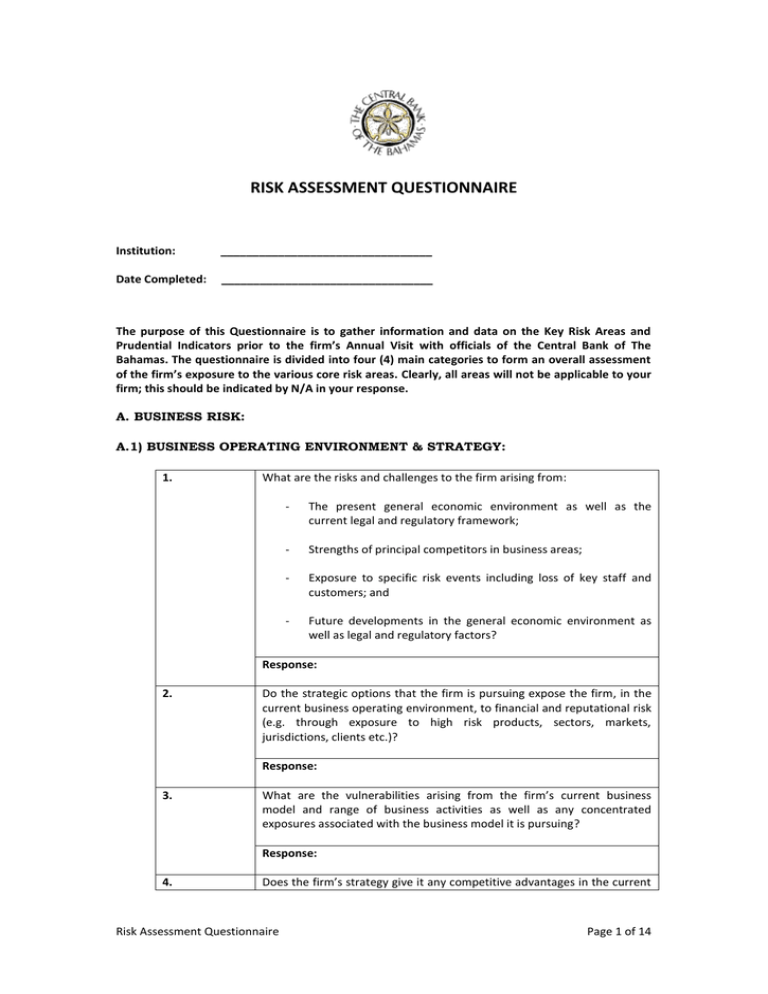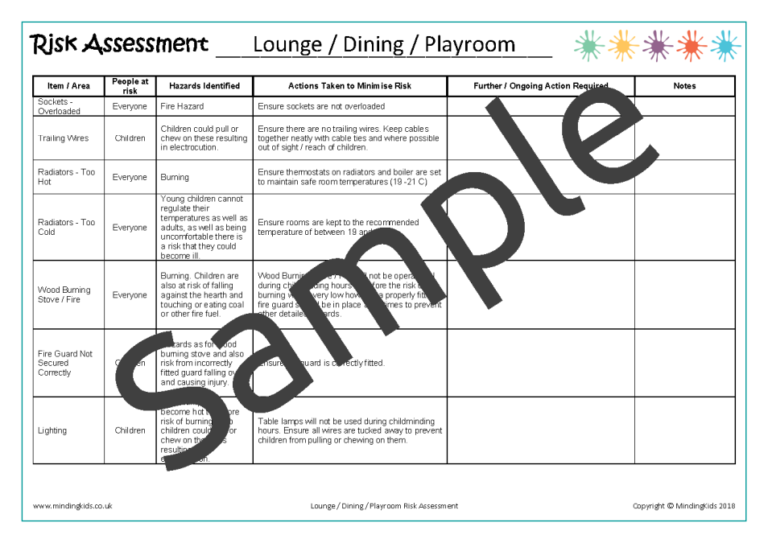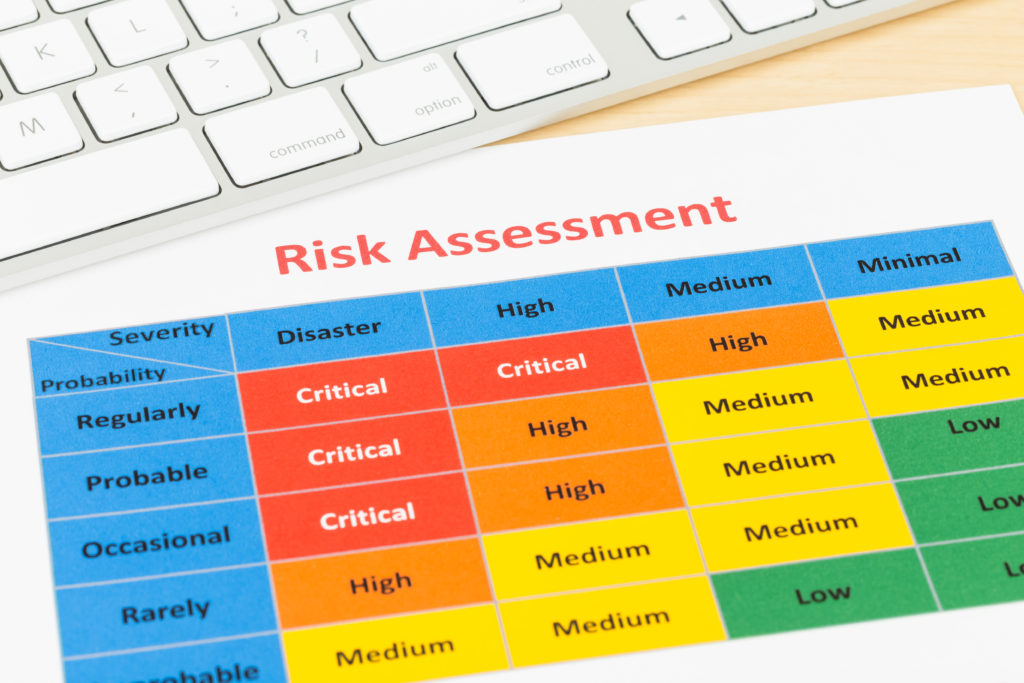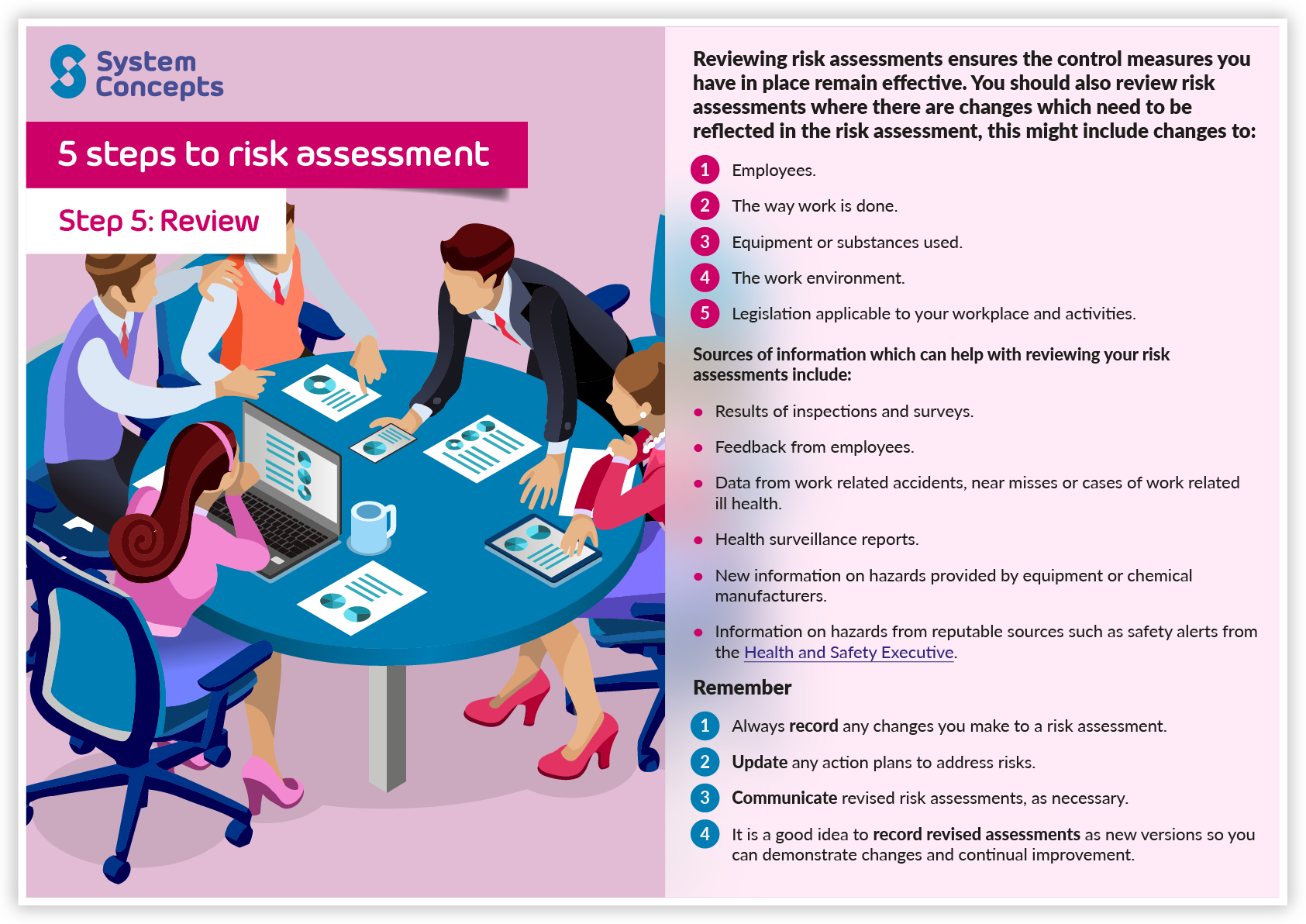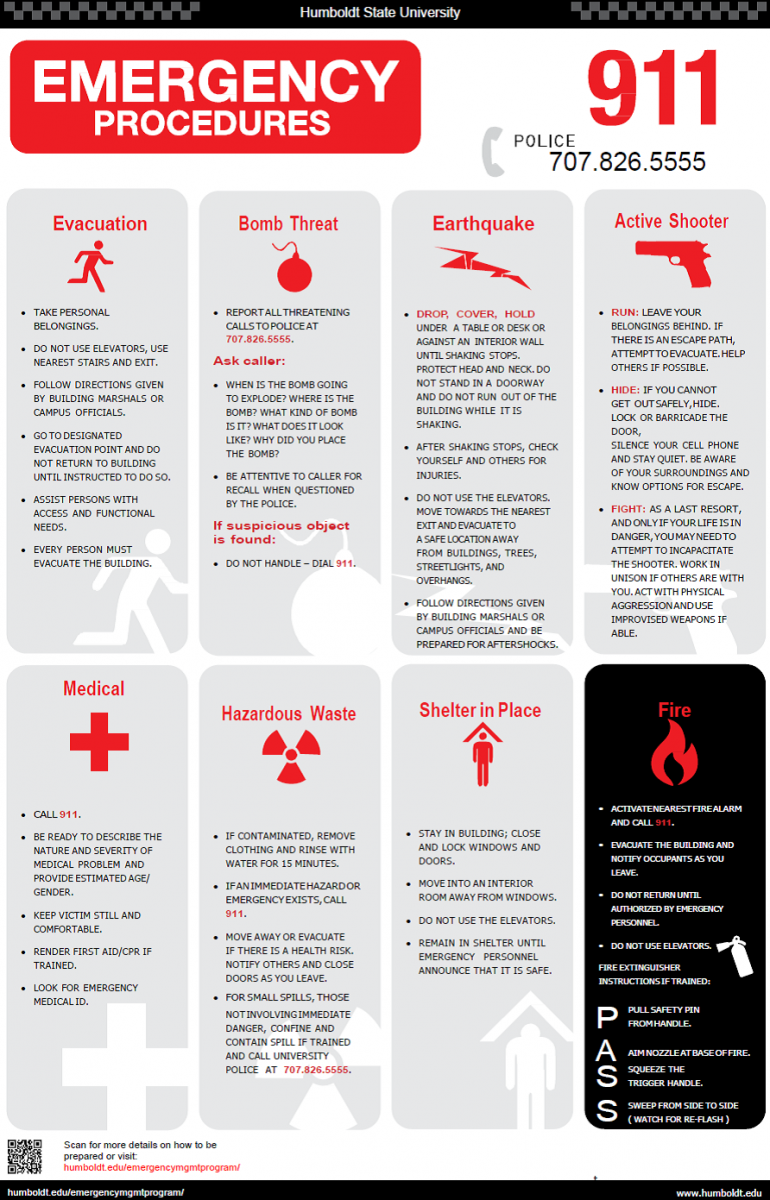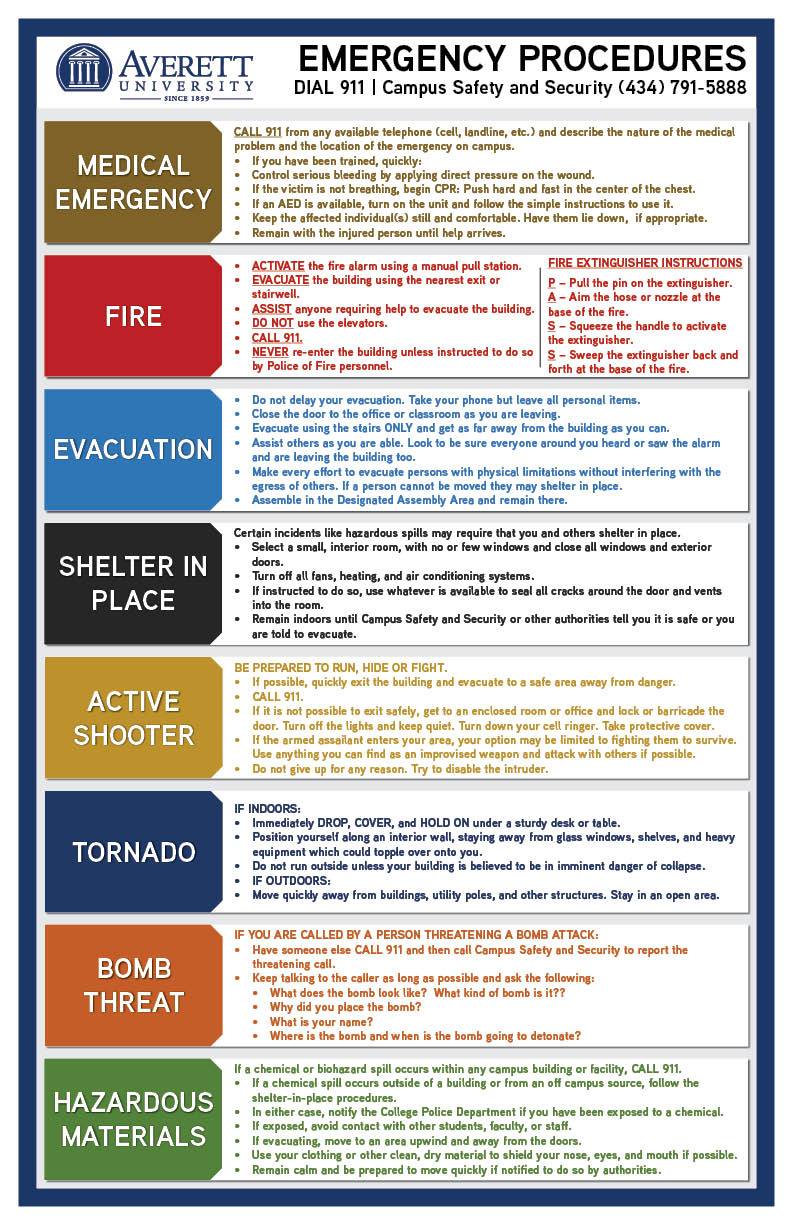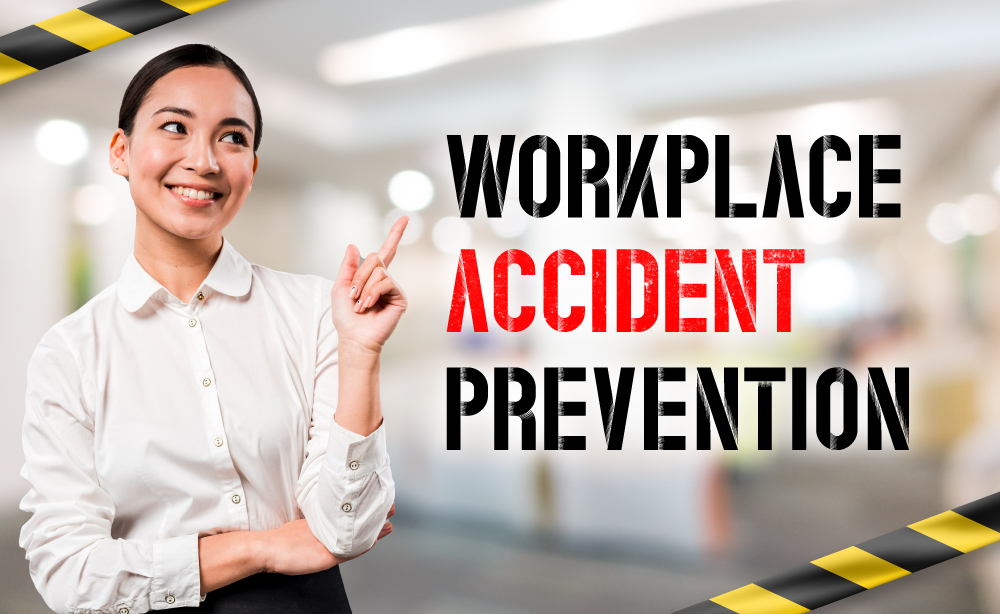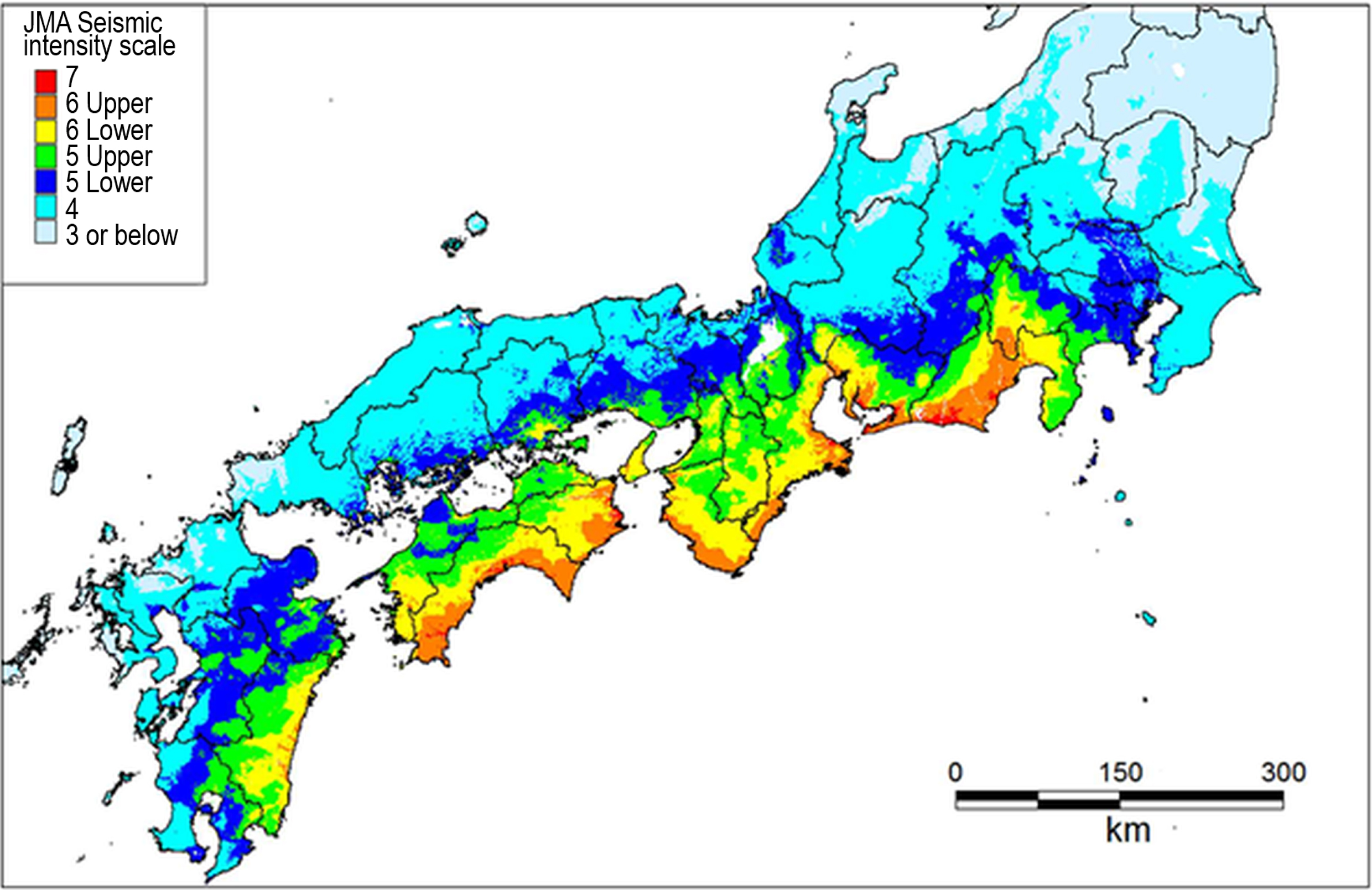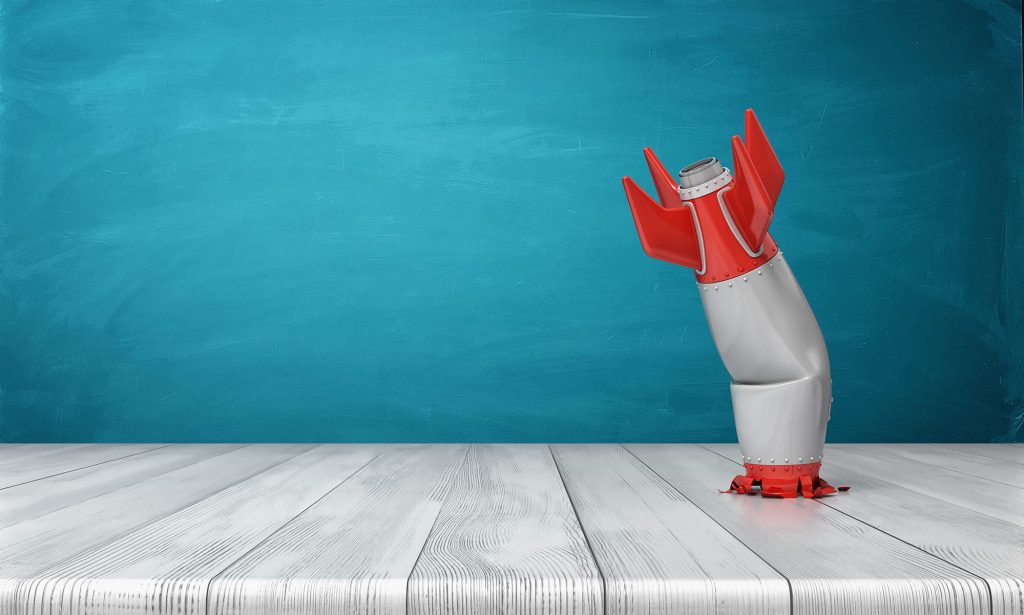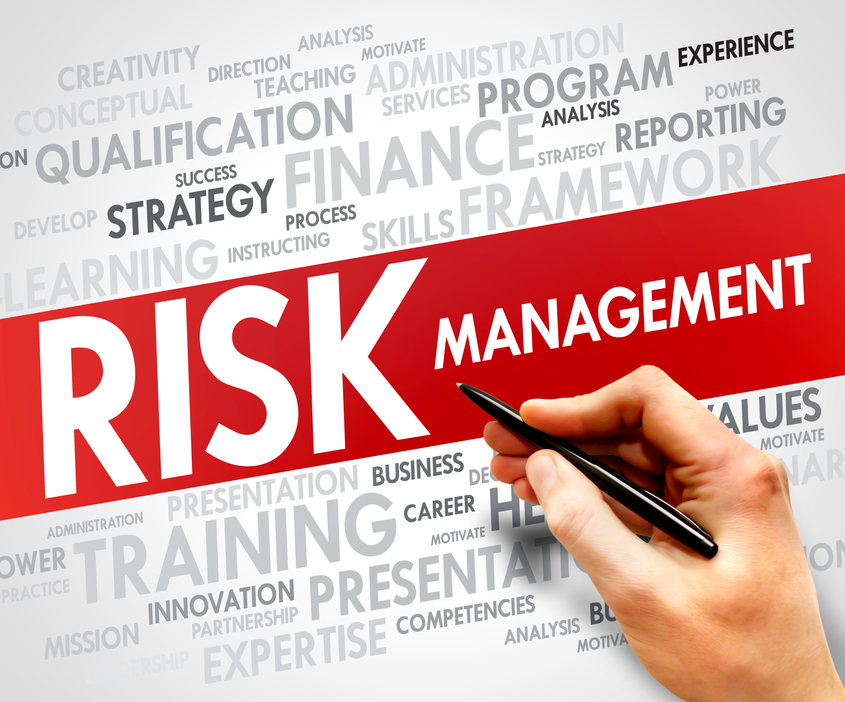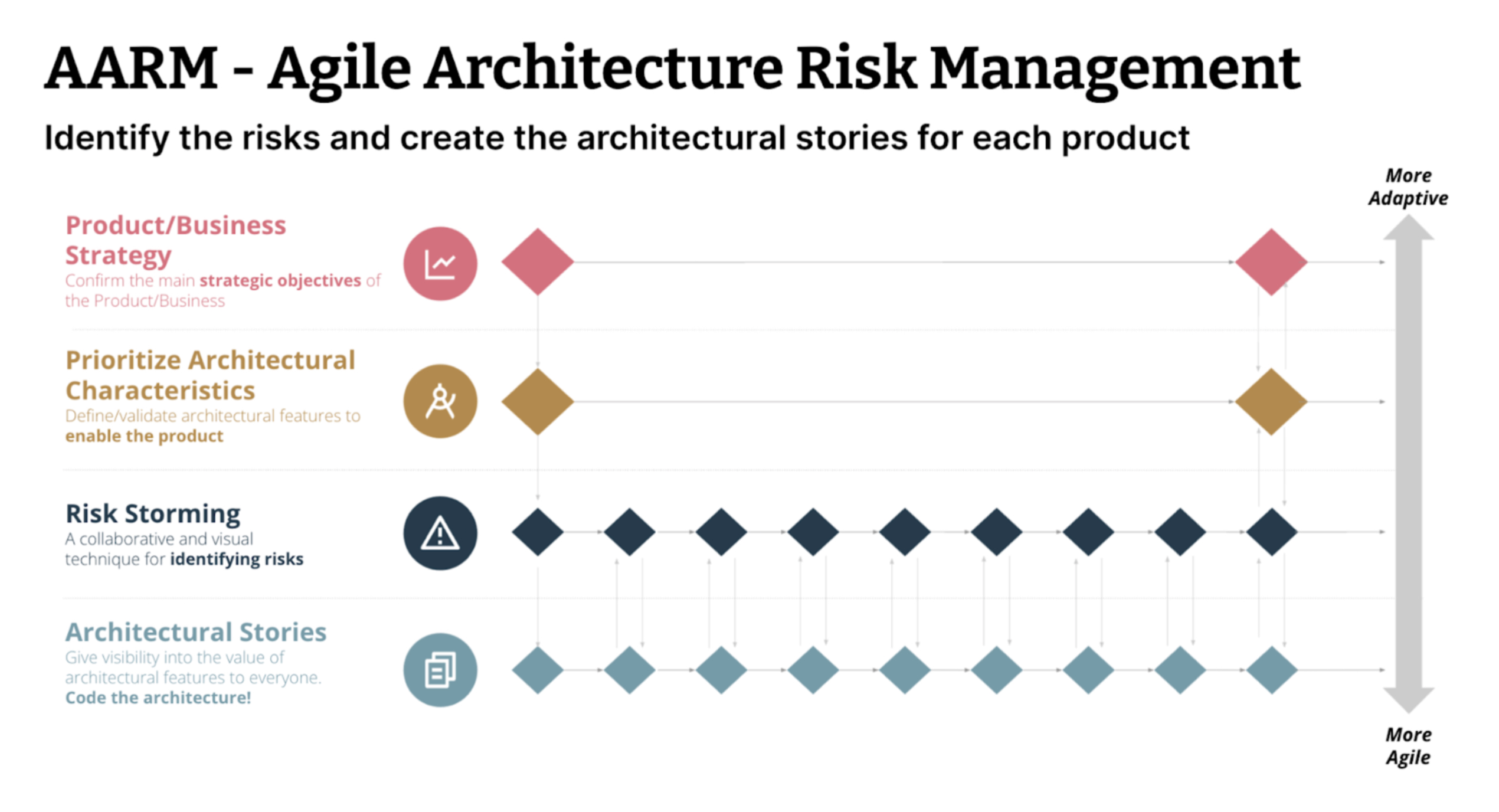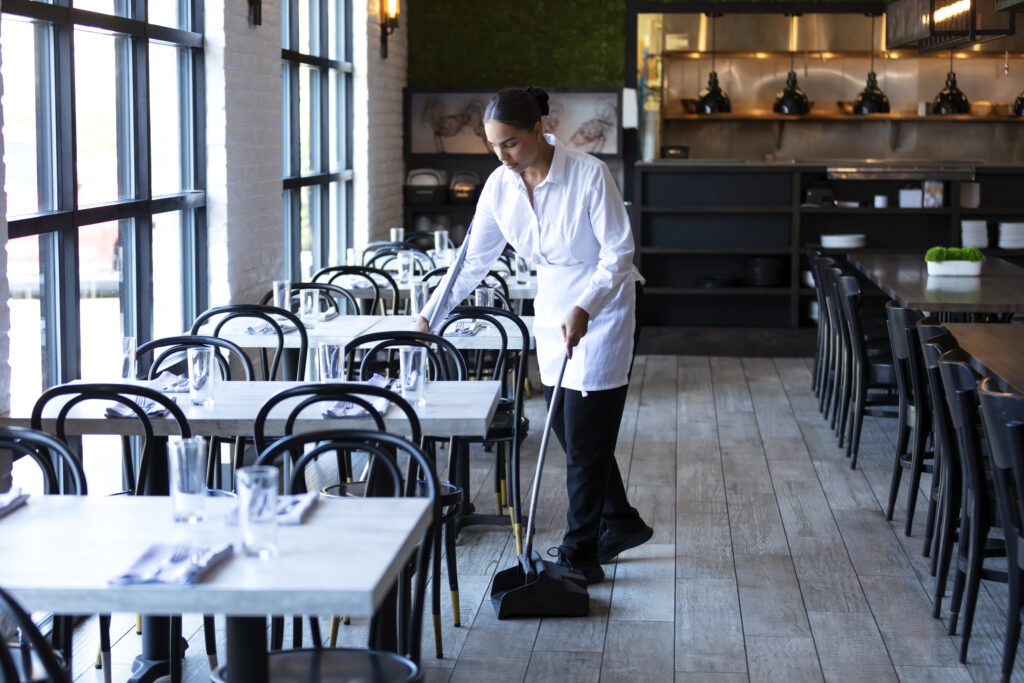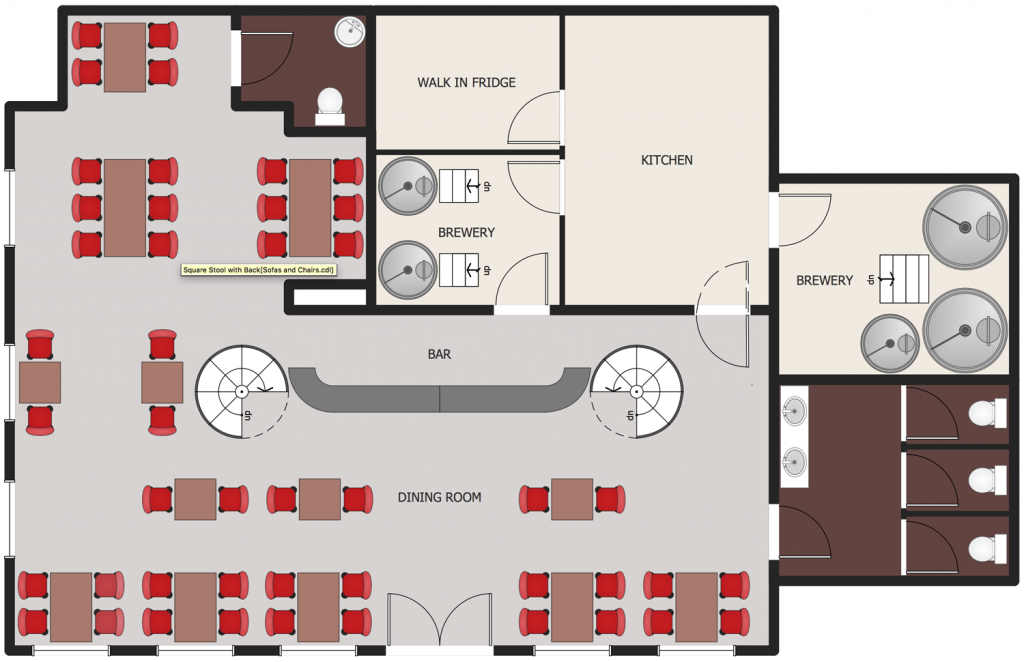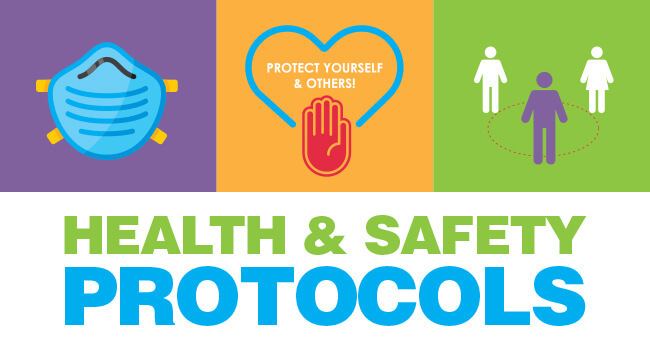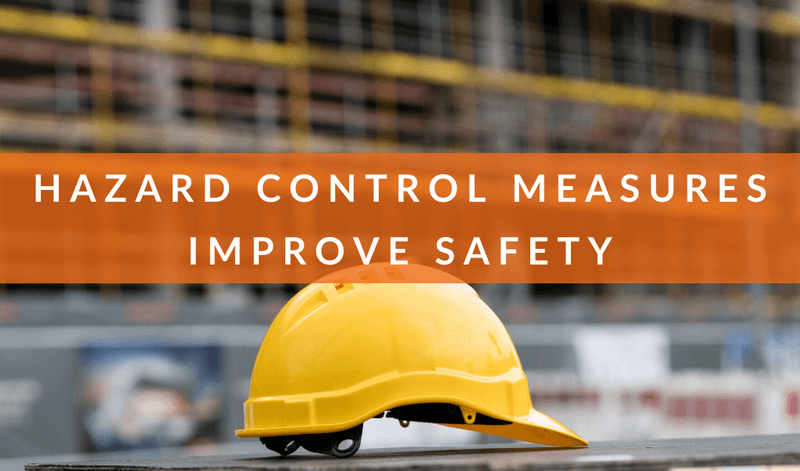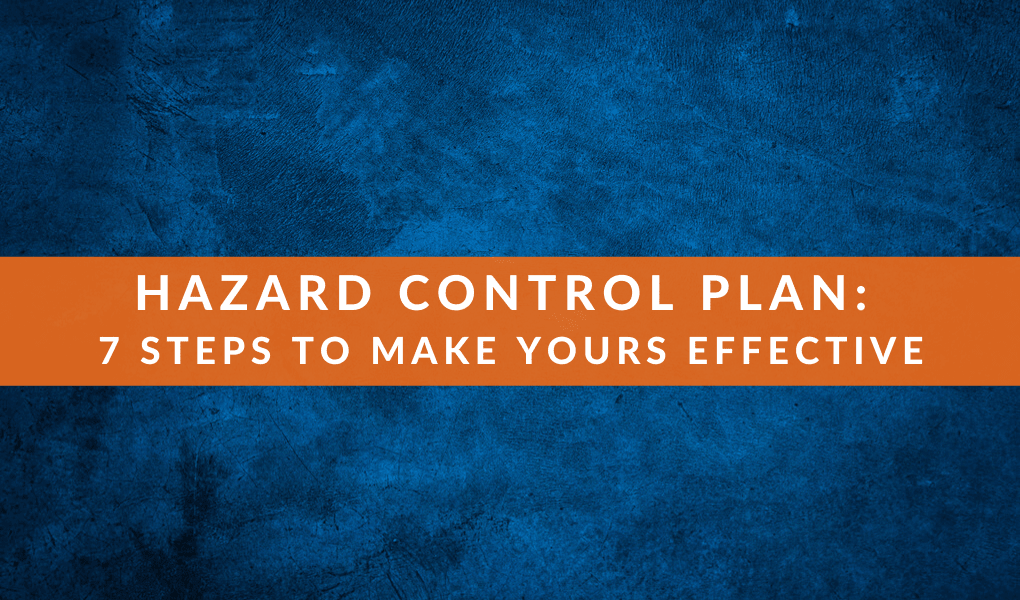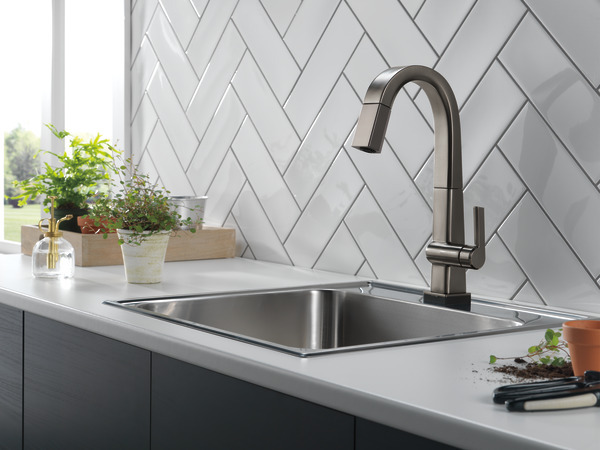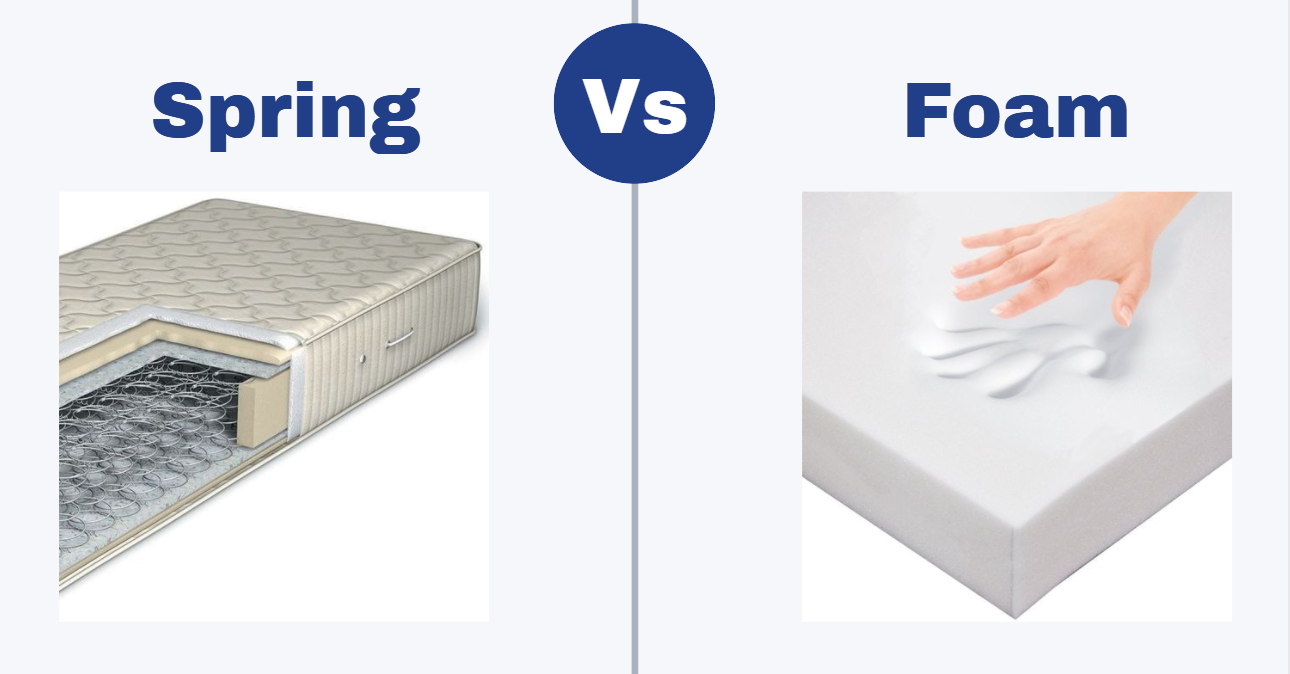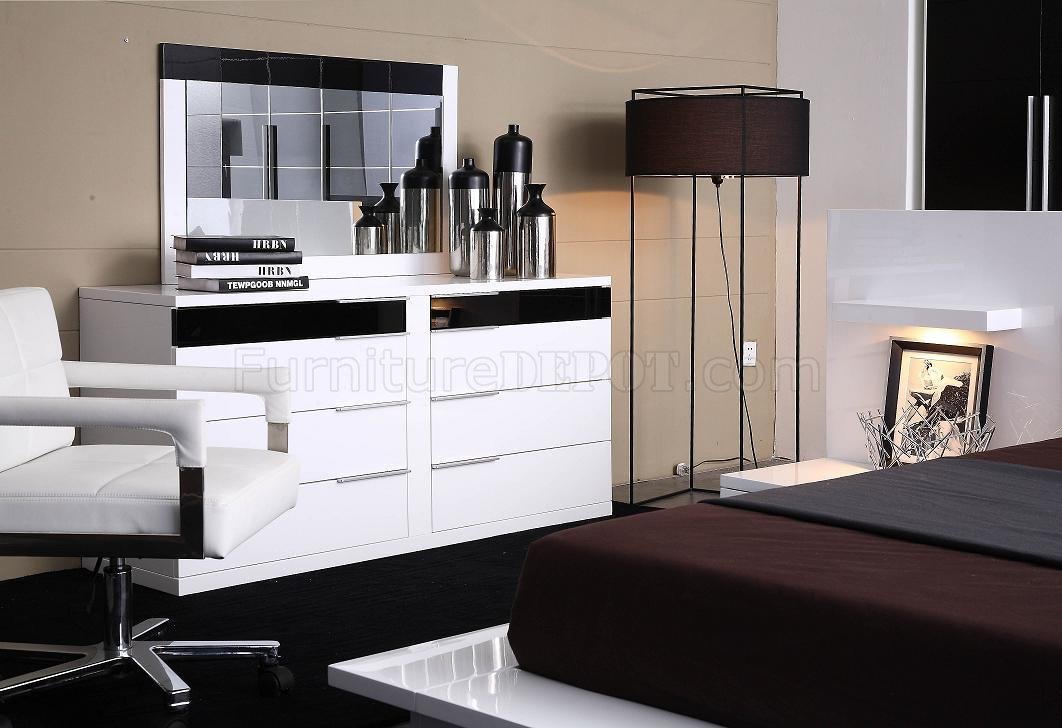Hazard and Risk in Dining Room
When it comes to dining rooms, there are many potential hazards and risks that need to be considered in order to ensure the safety of those using the space. From accidents caused by slippery floors to foodborne illnesses, there are various factors that can pose a threat in a dining room setting. It is essential for restaurant owners and managers to be aware of these hazards and take necessary precautions to prevent them from occurring. In this article, we will discuss the top 10 hazards and risks in dining rooms and how to manage them effectively.
Dining Room Hazards
The first step in preventing accidents and injuries in a dining room is to identify the potential hazards. One of the most common hazards in a dining room is slip and fall accidents. This can be caused by wet or greasy floors, loose rugs, or cluttered pathways. Other hazards may include broken or unstable furniture, sharp utensils, and hot surfaces. It is important to regularly inspect the dining room for any potential hazards and address them immediately.
Dining Room Safety
Safety should always be a top priority in any establishment, especially in a dining room where food is being served. It is crucial to have safety protocols in place to prevent accidents and emergencies. This can include training staff on proper food handling and storage, ensuring all equipment is in good working condition, and having a first aid kit readily available. Regular maintenance and cleaning of the dining room can also help maintain a safe environment.
Dining Room Risk Assessment
In order to effectively manage risks in a dining room, a thorough risk assessment should be conducted. This involves identifying potential hazards, evaluating the likelihood of them occurring, and determining the severity of the consequences. This will help determine which risks need to be prioritized and what measures should be taken to mitigate them.
Dining Room Emergency Procedures
Emergencies can happen at any time, and it is important to have procedures in place to handle them. This can include fire safety protocols, evacuation plans, and emergency contact information. It is essential to train staff on these procedures and regularly review and update them to ensure they are effective.
Dining Room Accident Prevention
The best way to manage risks in a dining room is to prevent accidents from happening in the first place. This can be achieved through proper training and education of staff, regular maintenance and cleaning, and implementing safety protocols. It is also important to encourage customers to be aware of their surroundings and report any potential hazards they may come across.
Dining Room Hazard Identification
Identifying hazards in a dining room is an ongoing process and should be regularly revisited. This can include conducting regular inspections and risk assessments, as well as listening to staff and customer feedback. By being proactive in identifying hazards, you can prevent accidents and keep your dining room safe.
Dining Room Risk Management
Once hazards have been identified, it is important to take steps to manage and reduce the risks they pose. This can include implementing safety protocols, providing proper training, and regularly monitoring and evaluating the effectiveness of these measures. It is also crucial to have a plan in place in case an accident does occur.
Dining Room Safety Protocols
Having clear and concise safety protocols in place is essential for managing risks in a dining room. This can include guidelines for food handling and storage, proper use of equipment, and emergency procedures. It is important to regularly review and update these protocols to ensure they are effective and up to date with industry standards.
Dining Room Hazard Control
Controlling hazards in a dining room is an ongoing process that requires constant monitoring and evaluation. This can include regular maintenance and cleaning, proper training of staff, and implementing safety protocols. By controlling hazards, you can greatly reduce the risk of accidents and injuries in your dining room.
Hazard and Risk in Dining Room: Understanding the Importance of Safety in House Design

Creating a Safe and Functional Dining Room
 The dining room is often considered the heart of the house, a place where families gather to share meals and create memories. It is also a space where potential hazards and risks can easily go unnoticed. As such, it is important to prioritize safety when designing and setting up your dining room.
Understanding the potential hazards and risks in this space can help you create a safe and functional dining room for you and your loved ones.
The dining room is often considered the heart of the house, a place where families gather to share meals and create memories. It is also a space where potential hazards and risks can easily go unnoticed. As such, it is important to prioritize safety when designing and setting up your dining room.
Understanding the potential hazards and risks in this space can help you create a safe and functional dining room for you and your loved ones.
Identifying Potential Hazards
 There are several potential hazards that can be found in a dining room.
The most common hazards include slippery floors, sharp objects, and electrical hazards. Slippery floors can be caused by spills or wet surfaces, while sharp objects such as knives and forks can cause injuries if not handled properly. Electrical hazards can come from exposed wires or overloaded outlets. It is important to be aware of these hazards and take necessary precautions to prevent accidents from occurring.
There are several potential hazards that can be found in a dining room.
The most common hazards include slippery floors, sharp objects, and electrical hazards. Slippery floors can be caused by spills or wet surfaces, while sharp objects such as knives and forks can cause injuries if not handled properly. Electrical hazards can come from exposed wires or overloaded outlets. It is important to be aware of these hazards and take necessary precautions to prevent accidents from occurring.
The Importance of Risk Assessment
 Risk assessment is crucial in identifying potential hazards and taking steps to reduce them.
This involves identifying hazards, assessing the level of risk they pose, and implementing measures to control or eliminate them. For example, if you have young children in the house, you may want to consider using non-slip mats on the dining room floor to prevent slips and falls. You can also invest in child-proof locks for cabinets and drawers to keep sharp objects out of reach. In terms of electrical hazards, it is important to have a qualified electrician regularly inspect the wiring in your dining room to ensure it is up to code and safe to use.
Risk assessment is crucial in identifying potential hazards and taking steps to reduce them.
This involves identifying hazards, assessing the level of risk they pose, and implementing measures to control or eliminate them. For example, if you have young children in the house, you may want to consider using non-slip mats on the dining room floor to prevent slips and falls. You can also invest in child-proof locks for cabinets and drawers to keep sharp objects out of reach. In terms of electrical hazards, it is important to have a qualified electrician regularly inspect the wiring in your dining room to ensure it is up to code and safe to use.
Ensuring Safety in Dining Room Design
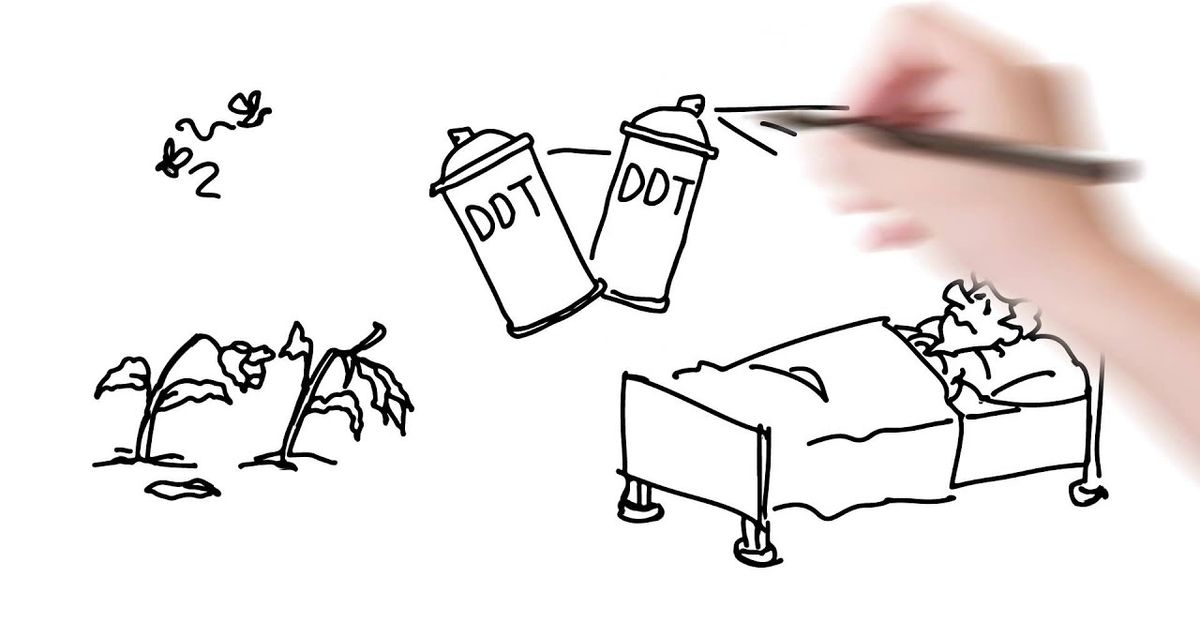 Proper design and layout can also play a crucial role in promoting safety in the dining room.
When choosing furniture for your dining room, opt for sturdy pieces that are less likely to tip over. Avoid placing furniture near windows or outlets to prevent potential accidents. Additionally, make sure there is enough space around the dining table for people to move around comfortably. This can help prevent spills and other accidents during meal times.
Proper design and layout can also play a crucial role in promoting safety in the dining room.
When choosing furniture for your dining room, opt for sturdy pieces that are less likely to tip over. Avoid placing furniture near windows or outlets to prevent potential accidents. Additionally, make sure there is enough space around the dining table for people to move around comfortably. This can help prevent spills and other accidents during meal times.
Conclusion
 In conclusion, the dining room is an important space in any house, and it is essential to prioritize safety when designing and setting it up.
By identifying potential hazards, conducting risk assessments, and implementing safety measures, you can create a safe and functional dining room for you and your family to enjoy.
Remember to regularly inspect and maintain your dining room to ensure it remains a safe and enjoyable space for everyone.
In conclusion, the dining room is an important space in any house, and it is essential to prioritize safety when designing and setting it up.
By identifying potential hazards, conducting risk assessments, and implementing safety measures, you can create a safe and functional dining room for you and your family to enjoy.
Remember to regularly inspect and maintain your dining room to ensure it remains a safe and enjoyable space for everyone.


